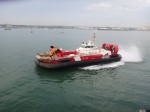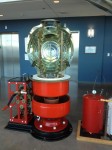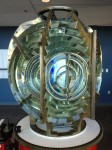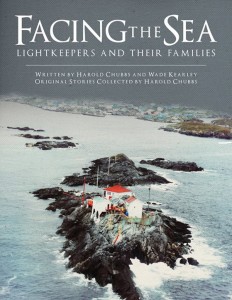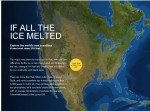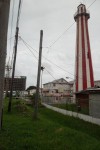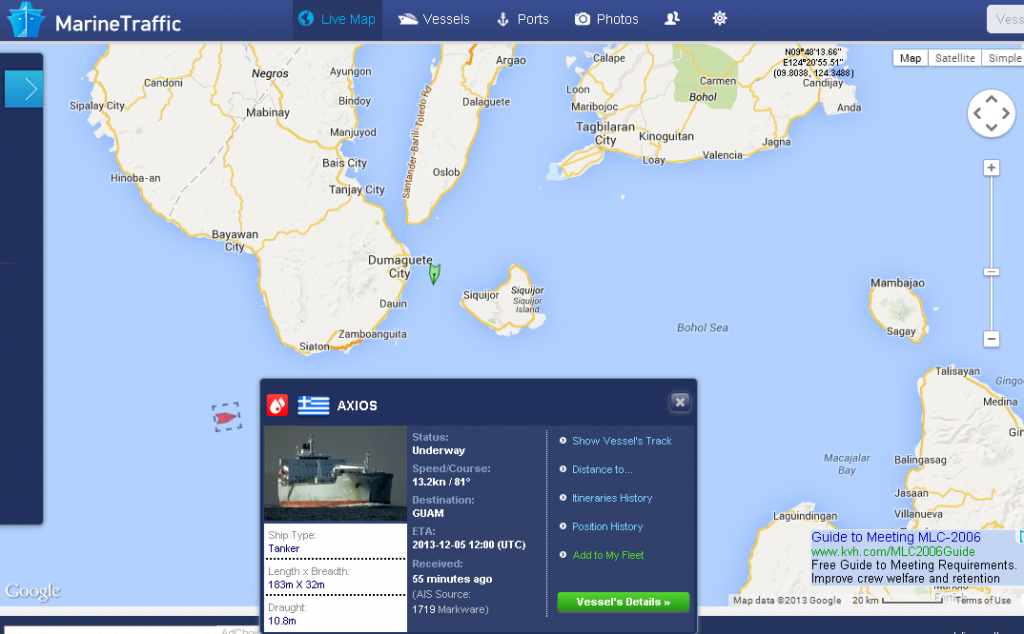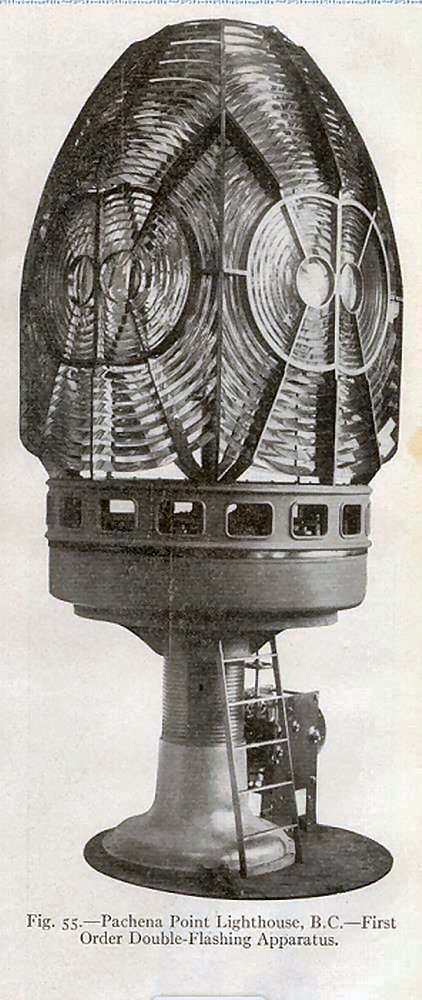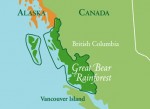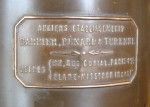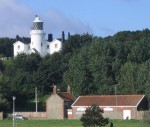For an update on what a Mise Tale is then please see Mise Tales One.
Tell Tale Productions Inc’s. documentary “Lighthouses” – the film has been completed and has had its world broadcast premiere on CBC Television’s Land and Sea Sunday, November 24, 2013. If you missed it you can see it online on CBC Land and Sea.
Lighthouses Trailer: http://www.youtube.com/watch?v=c-eyXSyl0Og&feature=youtu.be
Lighthouses Facebook Event: https://www.facebook.com/events/580960155309104/
**************************
Another beautiful video called “Salmon Confidential” showing the life cycle of Sockeye Salmon, and the problems they are encountering now with salmon farms, and other unknown fish diseases. Thirty-six minutes long but well-worth the watch because of the beautiful photography of wildlife on the British Columbia coast, both above and below the water.
*******************************
The Canadian Coast Guard HQ at Victoria, British Columbia–what a beautiful building! This view is from the Blackball Ferry deck on approach to the harbor. Those buoys look like Dreidels lined up on the rocks for Hanukkah! – posted on Facebook by author and friend of mine Elinor DeWire
************************************
Peters & May Commercial ships 30M hovercraft from UK to Canada
Canada just acquired a new (used) hovercraft from England. It was shipped to Vancouver, British Columbia by the boat shipping company Peters & May. On their Facebook page they posted some wonderful photos of the loading of the hovercraft on one of their ships. Quite a feat!
[private] [nggallery id=85][/private]
And from the Fisheries & Oceans Canada media website:
Ministers Shea and Wong Announce the Arrival and Name of a New Hovercraft
November 27, 2013
 Vancouver, British Columbia – The Honourable Gail Shea, Minister of Fisheries and Oceans, and the Honourable Alice Wong, Minister of State (Seniors) and Member of Parliament for Richmond, today announced the arrival in Canada of the new hovercraft to be stationed at Sea Island in Richmond, British Columbia – the CCGS Moytel.
Vancouver, British Columbia – The Honourable Gail Shea, Minister of Fisheries and Oceans, and the Honourable Alice Wong, Minister of State (Seniors) and Member of Parliament for Richmond, today announced the arrival in Canada of the new hovercraft to be stationed at Sea Island in Richmond, British Columbia – the CCGS Moytel.
[private]“Our Government is committed to investing where it counts in the interest of the Canadian Coast Guard. In fact, our Government has invested more in the Canadian Coast Guard than any government in Canadian history,” said Minister Shea. “We will continue to ensure the men and women of the Canadian Coast Guard have the equipment they need to do the important work we ask of them.”
Upon completion of construction, the new hovercraft was shipped to British Columbia and will soon travel to Sea Island. Following a period of training for Coast Guard staff and inspection to ensure the vessel’s optimal condition following shipping, the vessel will be accepted into the Coast Guard fleet.
“Our investment in the CCGS Moytel, a world-class modern hovercraft, is another example of our Government’s commitment to ensure the safety of fishermen, recreational boaters, and sailors in and around Vancouver Harbour,” said Minister Wong. “The name of the new vessel is in Halq’eméylem, in recognition of our First Nations’ contribution to the province’s history, culture and economy.”
The new hovercraft will be named the CCGS Moytel. Moytel is a Halq’emélem word meaning “to help each other.” Canadian Coast Guard vessels are given names that promote Canadian sovereignty, culture, geography and history. Names of vessels are selected to raise the profile of vessels and the work they do by honouring and celebrating people and places of regional and national significance.
As a replacement for the CCGS Penac, the new Moytel will be a heavy-duty, more versatile amphibious vehicle capable of patrolling inland waters. A larger more powerful vessel than the CCGS Penac, it has a greater range of capabilities and features including a bow ramp that will enable it to transport supplies such as rescue equipment and vehicles.
Since 2009, the Government of Canada has delivered over 100 vessels to the Coast Guard, including: 6 Hero-class Mid-Shore Patrol Vessels (CCGS Private Robertson V.C., CCGS Caporal Kaeble V.C., CCGS Corporal Teather C.V, CCGS Constable Carrière, CCGS G. Peddle S.C and CCGS McLaren); the hovercraft CCGS Mamilossa; 5 Search and Rescue Lifeboats; 2 Specialty Vessels; 3 Near-Shore Fishery Research Vessels; 30 environmental barges; and 60 small craft. [/private]
*******************************
And from a former lighthouse keeper and friend of mine, Chris Mills, comes this wonderful view of a Fresnel lens – photos and a video showing the lens in action.

